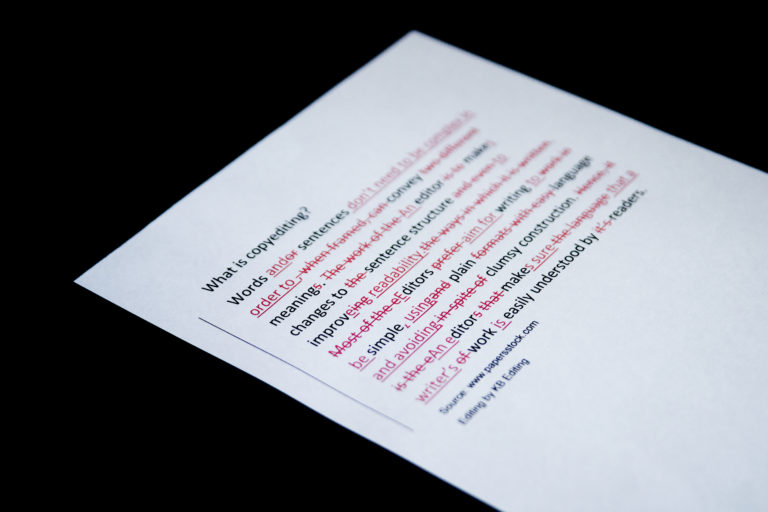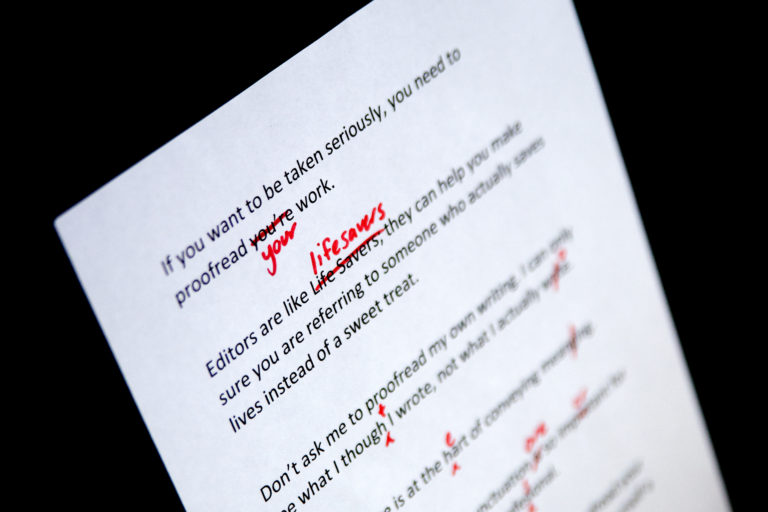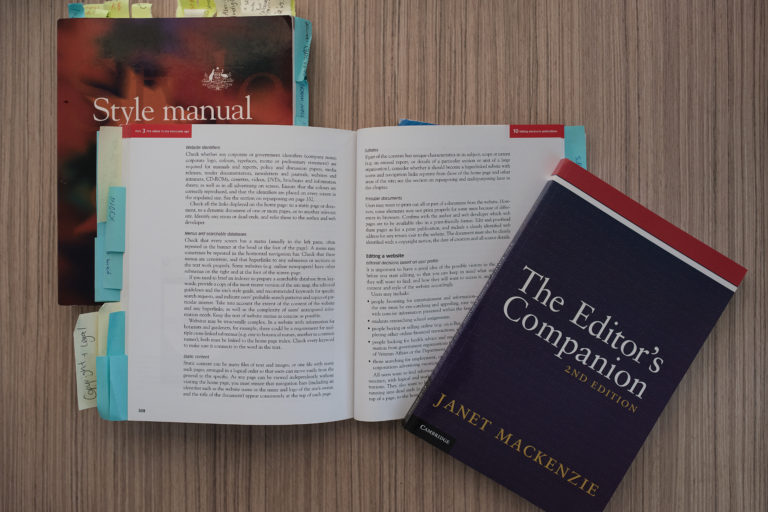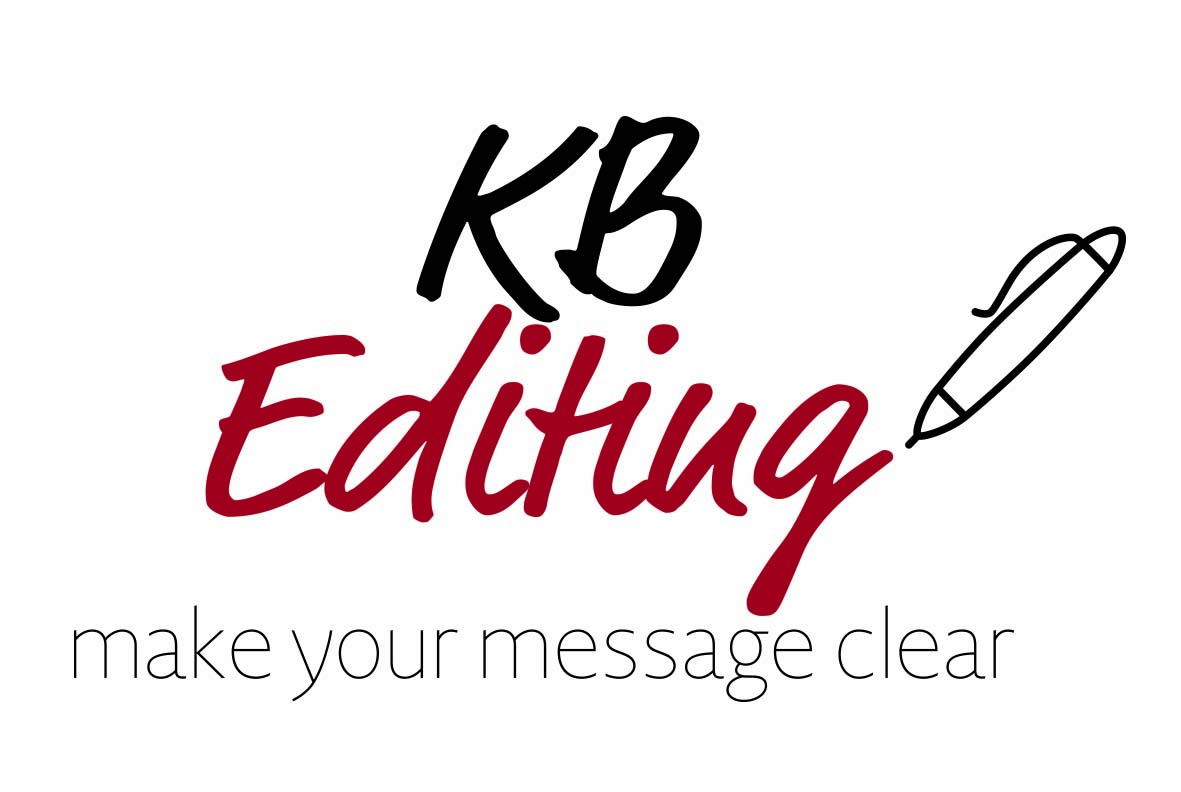I provide all levels of professional editing and proofreading of non-fiction material, which are essential in producing a high quality publication, whether on paper or online:
- structural editing
- copyediting
- proofreading
- formatting.
All levels of editing are essential in producing a high-quality publication, whether on paper or online. I can also help you develop a style guide for your project or organisation.

Structural editing
Sometimes called substantive editing or content editing, a structural edit involves looking at the overall layout and organisation of your document. I will help you decide what headings should go where, which sections should come first, and how best to arrange your document. I can also advise on how to reduce your word count.
This is the most time-consuming type of editing and can involve significant rearranging and rewriting. Copyediting and/or proofreading would usually be required as a second or third stage after a structural edit.

Copyediting
Copyediting aims to achieve accuracy, clarity and consistency in a document. During a copyedit, I employ the principles of plain language to ensure your message is clear. Copyediting also includes proofreading.

Proofreading
Sometimes called verification editing, proofreading involves checking that a document is ready to be published. When proofreading, I check for spelling, grammar and consistency in things like capitals, dot points and acronyms. Proofreading does not involve any rewriting or restructuring. Spend your time doing the stuff you know best, and let me dot the i’s and cross the t’s for you!

Formatting
If your document is going to be released without desktop publishing, then you need to make sure that the layout, headings, font and style are clear and suitable for your audience. I can format your document in Microsoft Word to ensure it not only looks polished but also matches your corporate style guide.

Style guides
A style guide helps a team or organisation to set out exactly how they want their documents to look. It can cover everything about publications from font and heading styles, ways of spelling or abbreviating terms and plain language principles.
A style guide will save you from making the same niggling decisions every time you publish, such as ‘do we write Dr. Greene or Dr Greene’ or ‘was it groundwater dependent or groundwater-dependent’ and ‘do I use Arial 11 or 12 for table text’?
I can help you create a custom style guide for your project or organisation, to ensure consistency in all your future publications.
